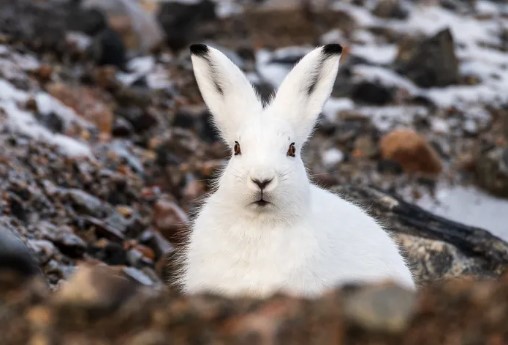Beautiful:0rswx3tcc7u= Tundra Biome

The Beautiful:0rswx3tcc7u= Tundra Biome presents a compelling study of resilience and adaptation, characterized by its expansive, treeless landscapes and unique ecosystems. This stark yet beautiful environment, marked by low-growing vegetation and striking patches of moss and lichen, faces significant challenges from extreme temperatures and climate variability. The intricate relationships among flora and fauna in this biome offer insight into survival amid adversity. However, the ongoing impacts of climate change raise critical questions about the future of this delicate ecosystem and its inhabitants. What implications might these changes hold for the intricate balance of life in the tundra?
Characteristics of the Beautiful:0rswx3tcc7u= Tundra Biome
The Beautiful:0rswx3tcc7u= Tundra Biome is characterized by its extreme climatic conditions, including low temperatures, minimal precipitation, and a short growing season, which collectively shape the unique ecosystems found in these regions.
The tundra climate results in permafrost, significantly influencing soil composition, which is generally nutrient-poor, acidic, and low in organic matter.
This specific soil structure limits plant diversity and affects nutrient cycling within the biome.
Read also: Patrick Dai Cornell: A Visionary in Blockchain Technology
Flora and Fauna
Flora and fauna in the tundra biome have adapted remarkably to its harsh environmental conditions, exhibiting specialized traits that enable survival in a landscape characterized by extreme cold and limited resources.
Adaptation strategies such as low-growing plants, thick insulating layers in animals, and seasonal behaviors contribute to the unique plant diversity.
These adaptations are crucial for thriving amidst the biome’s challenging ecological dynamics.

Environmental Challenges
Facing extreme climatic conditions and limited resources, the tundra biome encounters significant environmental challenges that impact its ecological balance and biodiversity.
Climate change exacerbates temperature fluctuations, disrupting species migration and reproduction.
Additionally, pollution impacts from industrial activities threaten the fragile ecosystem, introducing toxins that accumulate in the food chain.
These factors collectively jeopardize the survival of unique tundra species and the integrity of their habitat.
Conclusion – Beautiful:0rswx3tcc7u= Tundra Biome
The Beautiful:0rswx3tcc7u= Tundra Biome, with its unique characteristics, diverse flora and fauna, and significant environmental challenges, exemplifies the resilience of life in extreme conditions.
The interplay between permafrost and vegetation highlights the delicate balance required for survival.
As climate change threatens this fragile ecosystem, understanding and preserving the tundra becomes paramount.
Through ongoing research and conservation efforts, it is essential to recognize the importance of the tundra, the beauty it embodies, and the lessons it imparts about ecological resilience.



